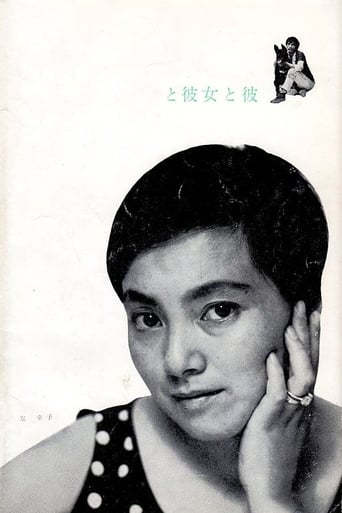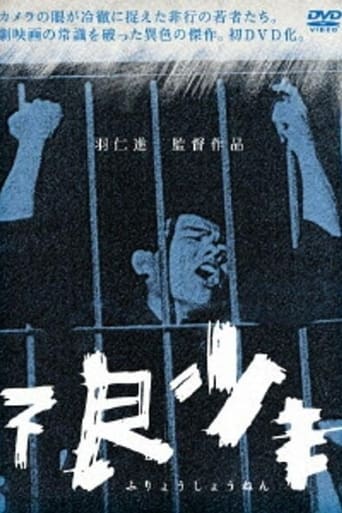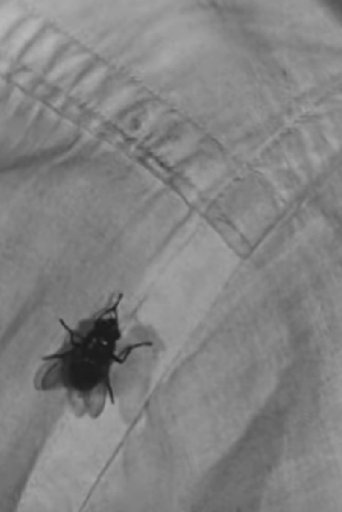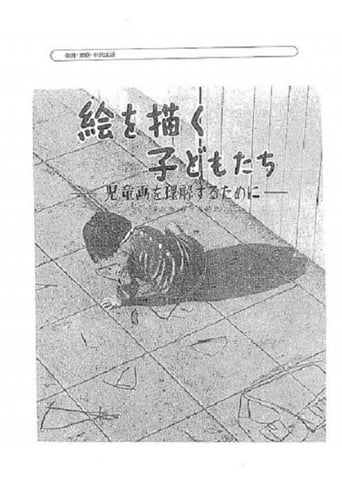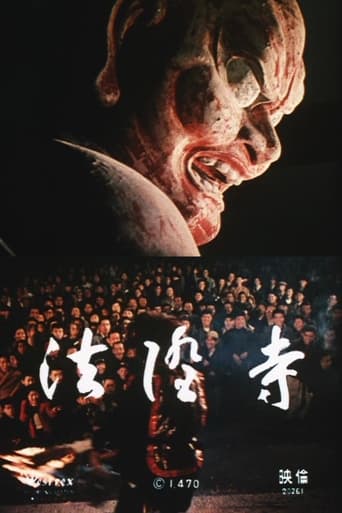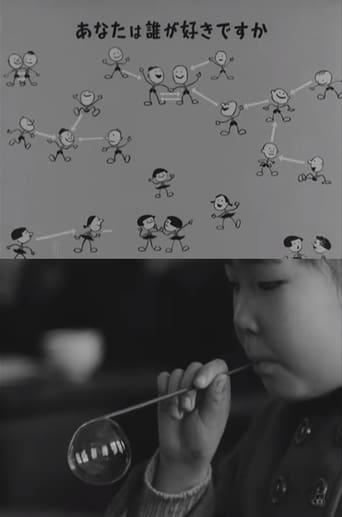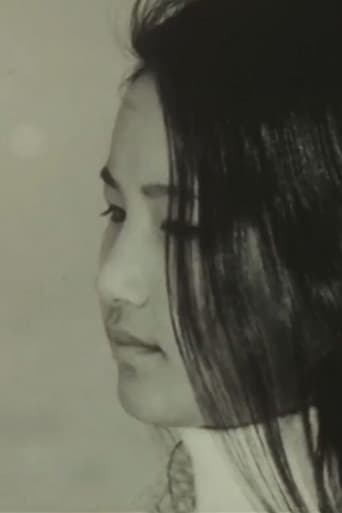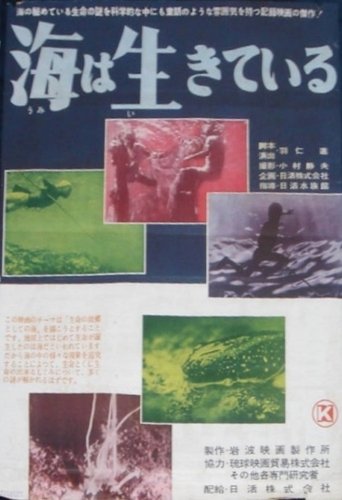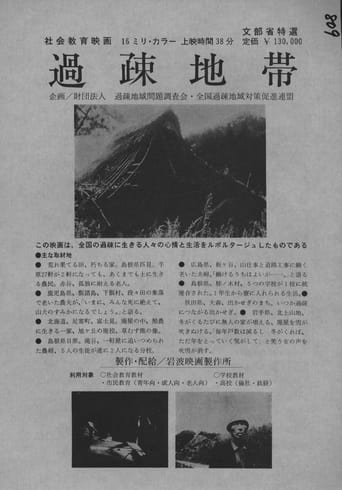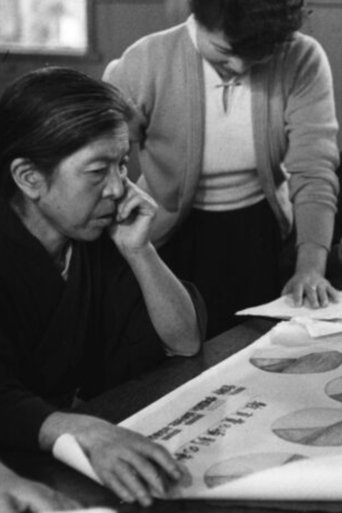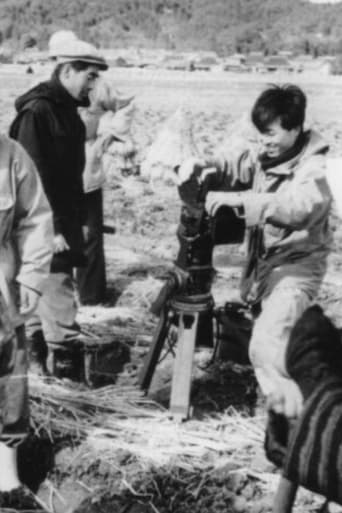The outflow of population, mainly young people, from agricultural, mountain and fishing villages in Japan to urban areas became remarkable from around 1960, but the actual situation of Japan's depopulation, which is rapidly progressing in the shadow of high economic growth, was interviewed after 1970. Pick up the voices of the residents. We interviewed mountain villages and remote islands in Hokkaido, Tohoku, China, and Kyushu. The aging of villages and the rapid decrease of households affect all the lives of residents such as school consolidation, agriculture and forestry, and living road management, and the decline in village (community) functions is further accelerating remote villages.
